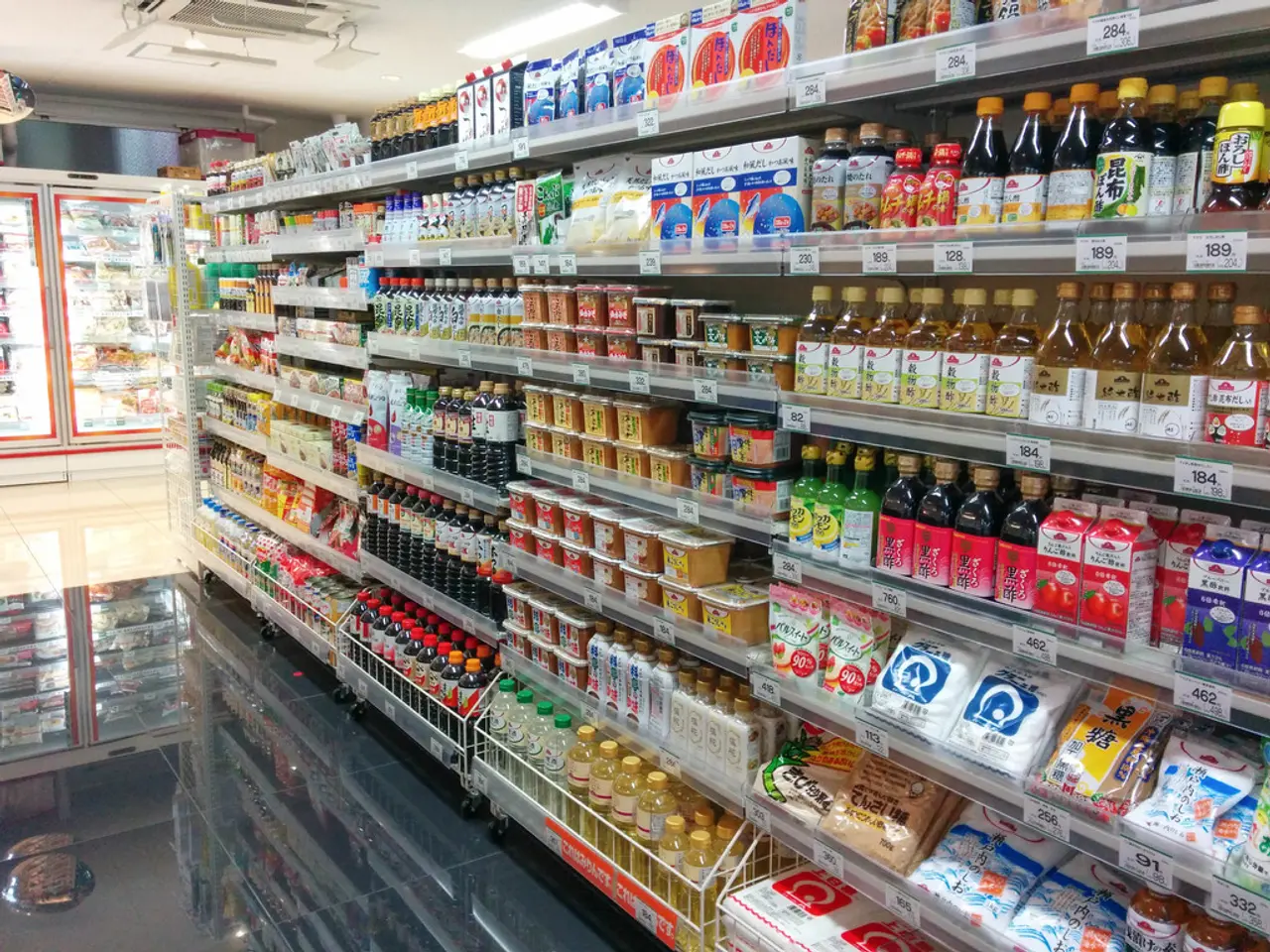Shoppers flood Shenzhen in a surge as Hong Kong residents search for bargains
In a time of economic transition for Hong Kong, residents are increasingly venturing across the border to Shenzhen for shopping and dining experiences.
According to reports, three women in their 40s visit Shenzhen every month or two, spending approximately RMB 2,000 each. Food makes up about two-thirds of the cost, reflecting the city's diverse and affordable offerings.
Shenzhen's consumer spending grew by 8% last year to RMB 1.05 trillion (USD 145 billion), with shopping spending increasing by 7% and food spending rising an impressive 15%.
The appeal of Shenzhen lies in its variety of foreign and local brands, as well as inexpensive street food. Many Hong Kong residents, like a 47-year-old frequent visitor, attest to the improvement in the quality of food and services in mainland cities.
The Wongtee Plaza mall, for instance, offers discounts to shoppers who use the Hong Kong version of its electronic payment service. Another shopping center increases staffing at stores on Hong Kong holidays and provides free parking for cars with Hong Kong license plates.
However, Hong Kong is facing economic challenges. Retail sales declined 1.3% year-on-year in the last quarter, even falling below levels during pandemic restrictions. This slump in spending, attributed to factors such as 'northbound consumption', is likely to continue, according to Annie Yau-tse, chair of the Hong Kong Retail Management Association.
The appreciation of the Hong Kong dollar, which has strengthened 5% against the yuan as of May 1 compared with a year earlier, and around 10% from two or three years ago, is aiding this shift toward the mainland.
The closure of local businesses, such as the Dah Chong Hong Food Mart grocery chain, which shuttered all of its 28 locations in April due to loss of customers to big membership-only supermarkets in Shenzhen and elsewhere, is a stark reminder of this trend.
A group compiling information on local restaurants and shops that have closed has gained attention on Facebook, with many commenters expressing regret over the closure of favourite stores.
In an effort to attract consumers from Hong Kong, Shenzhen's public and private sectors are collaborating. Free bus routes link the border crossing with shopping centers and tourist hotspots, making it more convenient for Hong Kong residents to shop and dine in Shenzhen.
A subway ride from Admiralty Station in Hong Kong to Luohu border crossing in Shenzhen costs HKD 50 (USD 6.40) and takes about 50 minutes.
As Hong Kongers continue to cross the border to Shenzhen, it remains to be seen how this trend will impact the retail landscape in both cities. Raiky Wong, director of retail at real estate brokerage Centaline Commercial, expects transaction prices for commercial tenants to fall by up to 5% this quarter compared with the January-March period.
Despite the challenges, there is a sense of resilience in both cities as they navigate this economic transition.
Read also:
- Understanding Hemorrhagic Gastroenteritis: Key Facts
- Trump's Policies: Tariffs, AI, Surveillance, and Possible Martial Law
- Expanded Community Health Involvement by CK Birla Hospitals, Jaipur, Maintained Through Consistent Outreach Programs Across Rajasthan
- Abdominal Fat Accumulation: Causes and Strategies for Reduction








